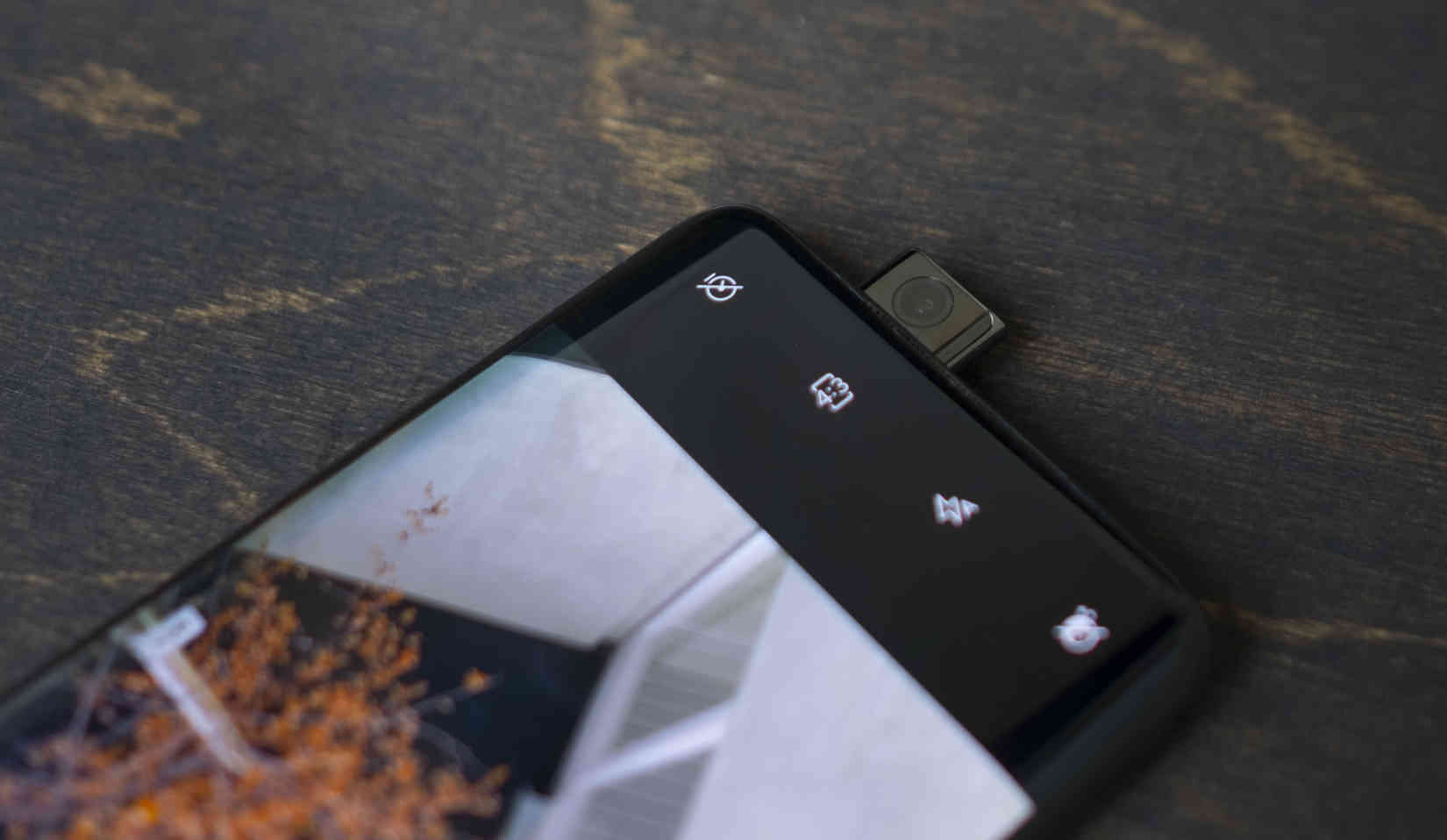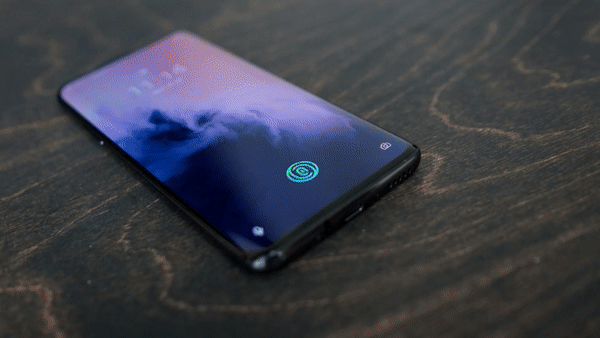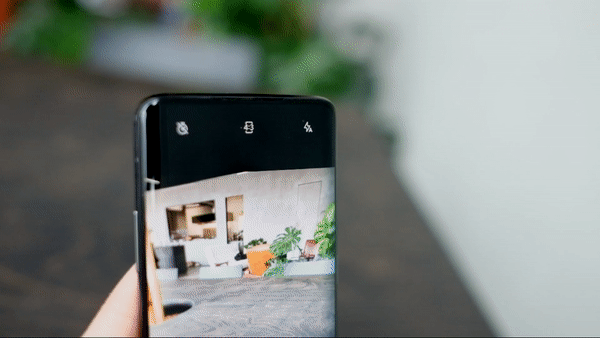In a sea of notches, the OnePlus 7 Pro looks like something from the distant future. I somehow ignored the launch of it entirely, but stumbled upon it online, blown away by the design, and initially assumed the it was one of these prototype phones that would never make it to market.
Not only is the OnePlus 7 Pro very real, it's one of the best phones available today. It looks more forward-looking than the iPhone X design ever did, and delivers on a 'next generation' feeling...while shipping overnight, today.
I've written extensively about how much I love Google's Pixel devices, but found myself surprised that OnePlus had somehow leap-frogged the company's phone efforts. Over the last month, I've been using a OnePlus 7 Pro, and I have thoughts about what it means for smartphones.
Read on for whether or not I'll be replacing my Pixel with a OnePlus, and if it's truly worth grabbing.
Design

This phone has everything that I figured the iPhone X was going to be—futuristic looks—without the compromises that Apple made to get it out the door first. The OnePlus 7 Pro has a true edge-to-edge display, with a fingerprint sensor integrated invisibly into the screen.
OnePlus achieved this by hiding the front-facing camera in a little motorized pop-up chunk at the top of the screen, which keeps the screen design unbroken, and frankly, feeling like something out of Westworld.

That display? Delightful, thanks in large part to the 90hz refresh rate, which makes animations feel slick, natural and look just right. After using an iPad Pro and the OnePlus, which both have high refresh rate displays, everything else looks wrong, which makes using this phone all the more addictive.
If I had to summarize what a high refresh rate means in practice, the only phrase I keep coming back to is it makes the screen 'lickable.' Everything looks crisp, natural, and incredibly vibrant, which matters when you're looking at it all day, every day—but it's hard to get how magic it is through text or video until you experience it yourself.

As someone who never really wanted Face ID in the first place, and was perfectly fine with Touch ID, burying the fingerprint sensor under the screen is what I'd always hoped for.
Especially when coming from the Pixel 3, which has the fingerprint sensor on the rear of the phone, it's really nice to not need to pick it up to unlock, and having it in the display directly reminds me of how the feeling I had when Touch ID debuted on the iPhone: just right.
While some have complained about the responsiveness of the sensor, I've had no problems with it: the phone unlocks fast and reliably, with the exception of if your hands are wet at all, which isn't surprising. It works well, and frankly, having it embedded in the screen feels magic.

The design itself is lovely, with shiny back coatings available in metallic colors, which caught my eye in the first place. In your hand it feels just as solid as an iPhone, and OnePlus' delightful hardware mute switch is something every Android phone needs—it makes the confusing sound settings much easier to deal with.
Essentially, OnePlus has pulled off iPhone-level hardware, on Android, beating Google at its own game. If it didn't have a logo on the back, you might think it were an iPhone, and that's an impressive feat.
Camera

Google's master stroke with Pixel was always going after building the best camera on the market, but can the OnePlus keep up? The answer is... complicated.
It takes pretty decent photos, particularly after a bunch of fixes landed in a software update, but it's not quite on the same level. Photos are crisp and sharp, but lack the punch that makes the Pixel 3 such a good camera—where the Pixel nails every shot reliably, the OnePlus has the occasional swing and miss.
That's not to say it's awful, but it's just not quite there. Take a look at the gallery below for a few examples:





























